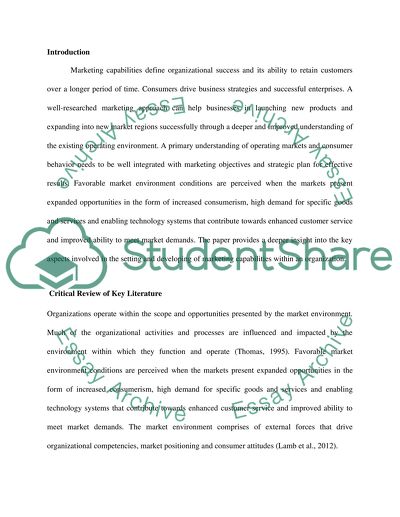Cite this document
(“Setting/Developing Marketing Capability Essay Example | Topics and Well Written Essays - 2000 words - 1”, n.d.)
Setting/Developing Marketing Capability Essay Example | Topics and Well Written Essays - 2000 words - 1. Retrieved from https://studentshare.org/marketing/1481088-setting-developing-marketing-capability
Setting/Developing Marketing Capability Essay Example | Topics and Well Written Essays - 2000 words - 1. Retrieved from https://studentshare.org/marketing/1481088-setting-developing-marketing-capability
(Setting/Developing Marketing Capability Essay Example | Topics and Well Written Essays - 2000 Words - 1)
Setting/Developing Marketing Capability Essay Example | Topics and Well Written Essays - 2000 Words - 1. https://studentshare.org/marketing/1481088-setting-developing-marketing-capability.
Setting/Developing Marketing Capability Essay Example | Topics and Well Written Essays - 2000 Words - 1. https://studentshare.org/marketing/1481088-setting-developing-marketing-capability.
“Setting/Developing Marketing Capability Essay Example | Topics and Well Written Essays - 2000 Words - 1”, n.d. https://studentshare.org/marketing/1481088-setting-developing-marketing-capability.


